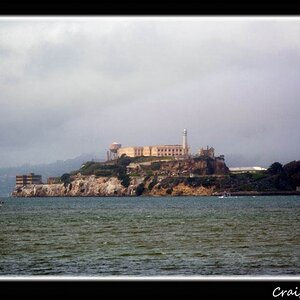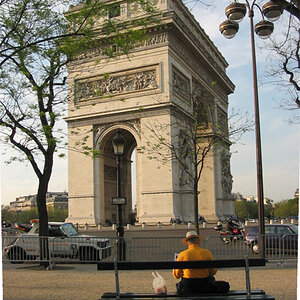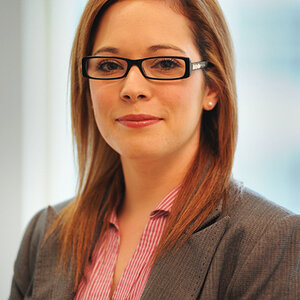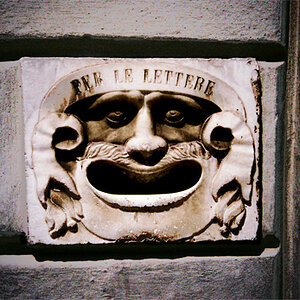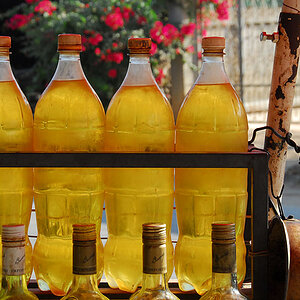hydkaran420
TPF Noob!
- Joined
- Aug 24, 2011
- Messages
- 91
- Reaction score
- 4
- Location
- Hyderabad, India.
- Website
- flic.kr
- Can others edit my Photos
- Photos OK to edit
This is the first shot i got with my 2 weeks old nikon d5100. comments and suggestions are more than welcome.
1.

DSC_0233 by hydkaran420, on Flickr
2.

DSC_0237 by hydkaran420, on Flickr
1.

DSC_0233 by hydkaran420, on Flickr
2.

DSC_0237 by hydkaran420, on Flickr



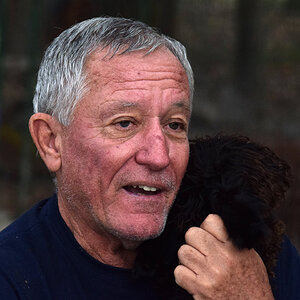

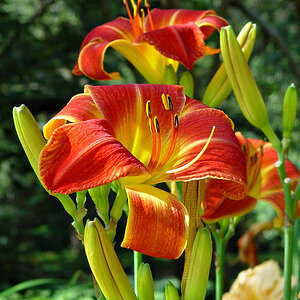
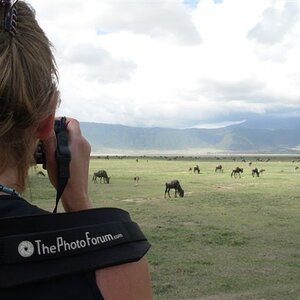
![[No title]](/data/xfmg/thumbnail/32/32003-70dfe149c27224e28ba98e975984e01e.jpg?1619735147)


